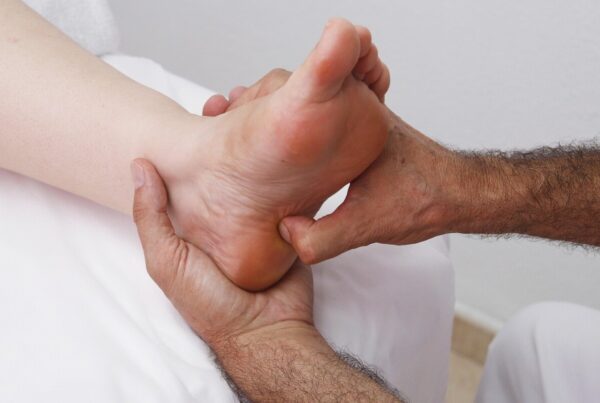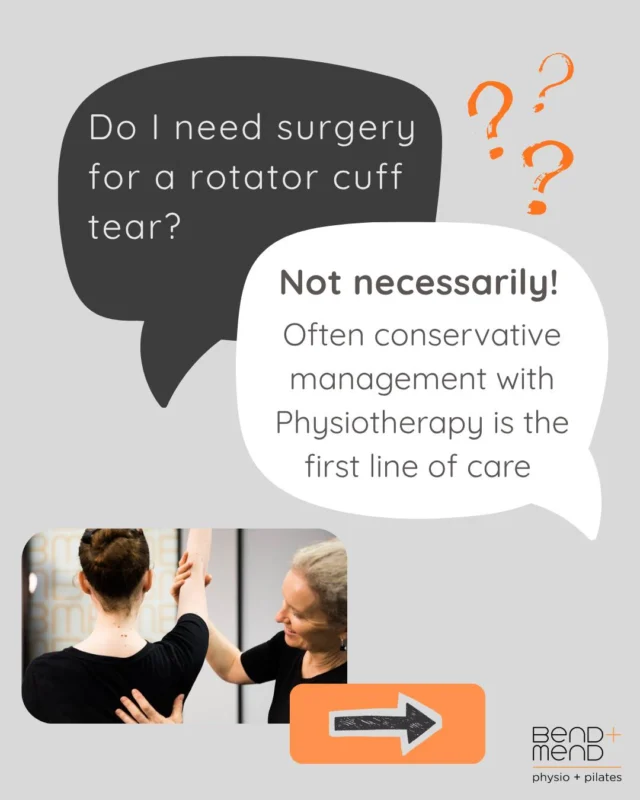A sprained ankle is one of the most common injuries inflicted on the sporting population, especially with sports requiring you to change direction frequently. Typically, with the right rehabilitation and physiotherapy, these heal well with relatively few complications. However, in up to 15% of ankle sprains the syndesmosis can also be injured. This significantly prolongs recovery and treatment, and delays return to sport when compared to a typical ankle sprain.
So what is the syndesmosis?
The syndesmosis is a complex that holds together the tibia and fibula (shin bones), as well as keeping the ankle joint stable. It consists of 3 parts:
- ligament at the front of the ankle (AITFL)
- ligament at the back of the ankle (PITFL)
- sheath that runs in between the two shin bones (interosseous membrane).
When either one of these structures is injured, it affects how the syndesmosis functions, and causes the ankle joint to become unstable.
What causes a syndesmosis sprain?
While the syndesmosis can be injured during any trauma to the ankle joint, typically it is most common when a force is applied while the foot is turned outward (external rotation) and upward (dorsiflexion). In this position the ankle complex is most separated, leaving the syndesmosis at it’s most vulnerable.
Some common scenarios include:
- When playing contact sports such as rugby, if an opponent makes a tackle while player’s ankle is planted on the ground.
- While skiing and loosing control of the ski causing the foot to twist the ankle outward.
- Running and jumping sports involving landing .
- During very severe ankle sprains.
Recent research suggests that up to 75% of ankle injuries sustained in rugby involve a syndesmosis component!
Who is most at risk?
- Those who play contact sports such as rugby.
- Ice Hockey/skiing population.
- Athletes who participate in track and field and are regularly required to jump and land.
- Those who have had a significant trauma to the ankle involving rotational forces.
How can Physiotherapy help?
Physiotherapy can assist in identifying a syndesmosis sprain early-on so appropriate treatment can commence as soon as possible. Upon assessment, the degree of instability will be noted and management can range from activity modification, wearing a CAM walker boot, to even seeking an orthopaedic review. Exercises will involve a gradual progression of loading through the ankle, range of motion exercises and retraining muscles around the ankle to help with stability. Manual therapy is important to ensure the joints and muscles around the ankle remain mobile and flexible to reduce pressure off the syndesmosis. Taping is also a great adjunct and important when returning back to sport. In some cases a weight-bearing X-ray may be ordered to assess the degree of separation (diastasis) between the two shin bones.
Come and get your ankle assessed by the team at Bend + Mend Physiotherapy in our Sydney CBD Physio clinic!





